|
Although the difference between a "tree" and a "shrub" is qualitative, botanists count 90 or so species in Glacier Park as shrubs and 20 as trees. Some are described below. Check out our "Tree Key" on the Park Fun page for further help in identification.
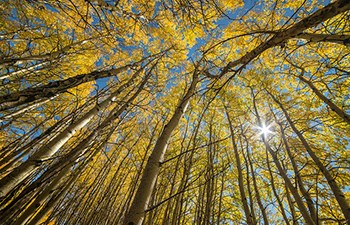
NPS/Tim Rains Aspen 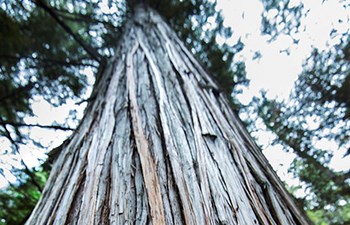
NPS/Tim Rains Cedar-Hemlock Forests 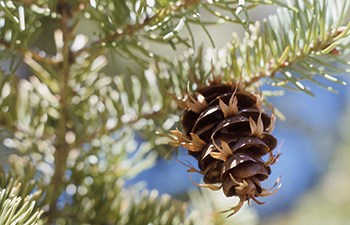
NPS Dry Forest Species 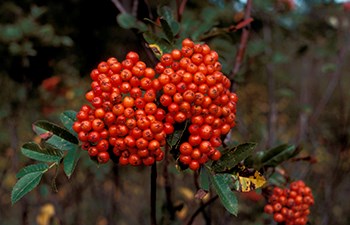
NPS Shrubs 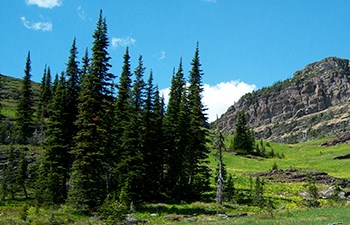
NPS Spruce and Fir 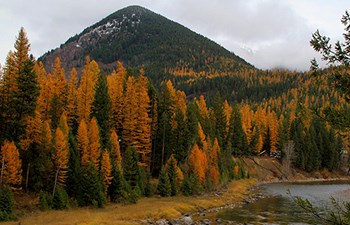
NPS/David Restivo Western Larch 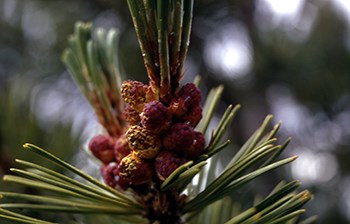
NPS Whitebark Pine In the early part of the 1900s, white pine blister rust was accidentally introduced to North America. This disease has killed about half of the whitebark pines in the park and most of the others are infected. Further complicating the plight of whitebark, fire suppression during the past hundred years has allowed shade-tolerant trees to out-compete the whitebarks. Whitebark pine is a slow-growing and long-lived timberline tree. Some of the oldest specimens in Glacier Park reached about 700 years in age before they recently succumbed to blister rust. A whitebark pine in Idaho's Sawtooth range has been dated at more than 1,200 years old. Geologists and climatologists use their extreme age to advantage in aging prehistoric events. It is an important "keystone" species and the uphill struggle to restore whitebark pine communities through prescribed fire and replanting rust-resistant trees has begun in the park. On the wind-swept ridges of the east side, limber pine plays much the same role as the whitebarks. This species has been infected to a lesser degree by the same disease. Restoration of both species is a management priority in Glacier National Park. Read the resource brief on whitepark status and management. |
Last updated: June 20, 2023
